This may be very obvious to people in the reefing community, but people who have stepped into their first fish store may wonder “Is it a plant?”, “What are they made of?”, or “Are they alive?”. Corals are indeed living animals but it is not quite that simple.
Corals have a mutual symbiotic relationship with a dinoflagellate (microbe) called zooxanthellae. Zooxanthellae has a free living stage in which it has two flagella to move about the water column; the zooxanthellae is eager to make a home within the coral where it is safe from other planktonic predators.
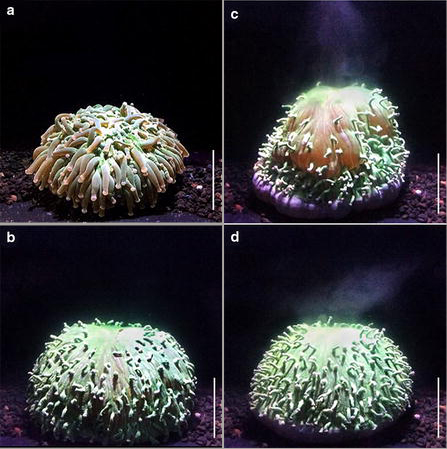
Additionally, corals need the zooxanthellae to photosynthesize and being the laissez-faire animals that they are, they are able to feed like an autotroph (produces its own food). The zooxanthellae absorbs sunlight, water, and carbon dioxide and produces oxygen, lipids, and sugars directly within the coral tissue as the coral is constantly undergoing cellular respiration. Basically, the coral has to do nothing, except house the zooxanthellae, to receive food.
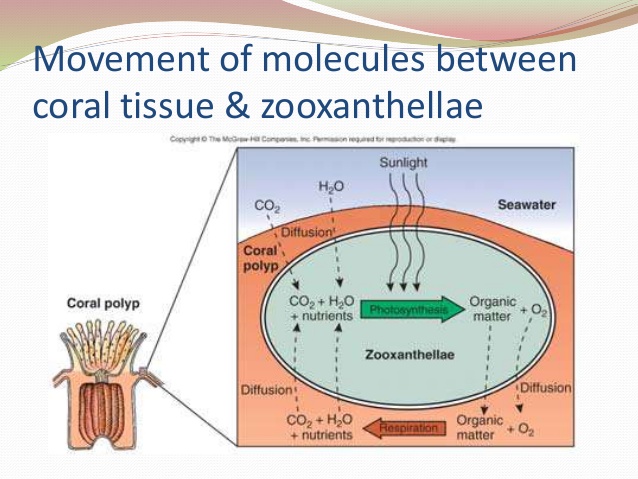
Even though a coral has polyps and a mouth, most corals live in nutrient poor crystal clear waters of the tropics. Because corals do not spend energy capturing food, they can use their energy to build their enormous calcium carbonate skeletons.
Corals produce exact replicas of themselves to form what we know as the coral colony through asexual budding. Each polyp is an individual that forms the colony. Corals can also reproduce sexually which gives genetic variation among colonies.
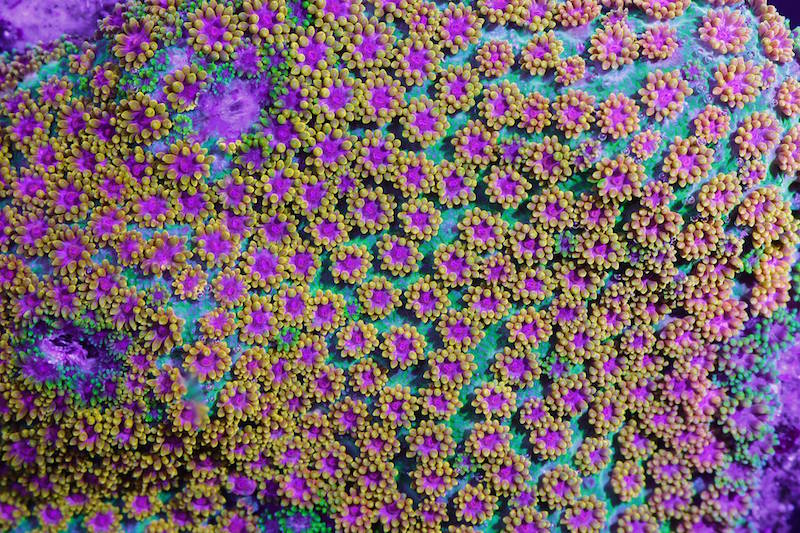
Corals form calyxes (cups) within their skeleton; this allows the polyp to retract from predators. The calcium carbonate skeleton is what builds the reef and provides innumerable homes for fish and invertebrates.
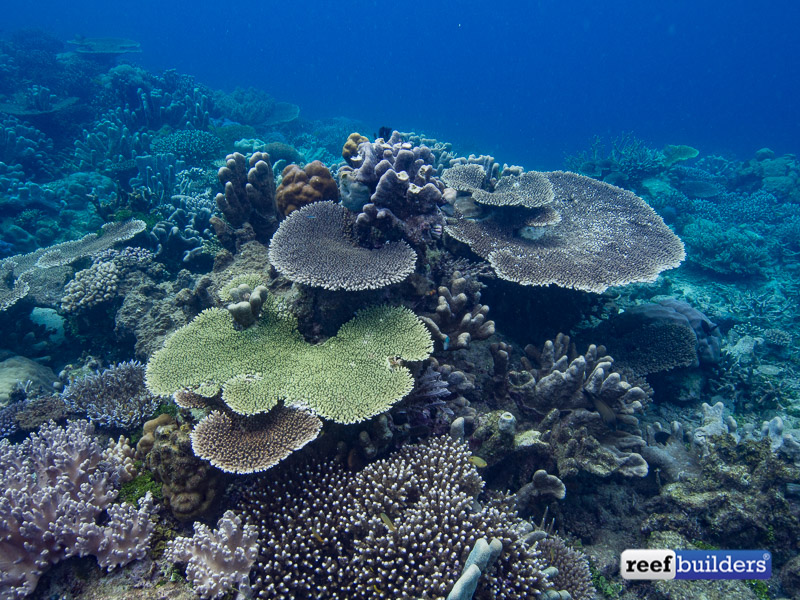
There are different classes of corals that do not always follow these guidelines. Some corals can live without zooxanthellae but live in deeper nutrient rich waters; some build their support structures with sclerites
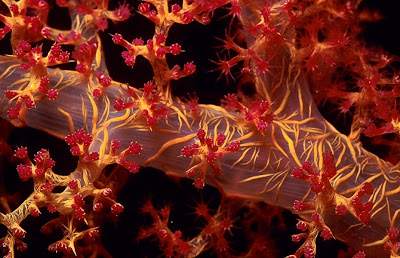
For those who love taxonomy, stony corals are in the phylum Cnidaria, class Anthozoa, subclass Zoantharia, order Scleractinia. However, even the class can be different for some corals such as fire coral in the class Hydrozoa.
Corals may be pretty simple after all; they are identical polyps reproducing copies of themselves while a symbiotic algae feeds them. These are amazing animals that have managed to survive millions of years through environmental transformation.



